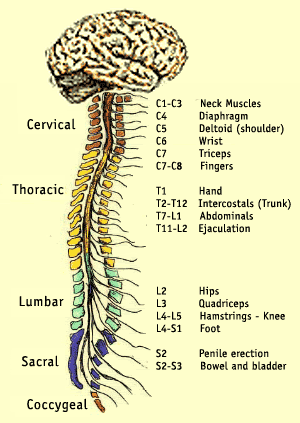 I wasn't too worried about my computer giving out on me right at the start of the new year, other than the wince that comes along with having bad luck the first week (you know that myth saying your first few days of 2008 reflect how your year will go? Let's really hope myth is the key word there...), since typically not much happens in the news. So if I have to be offline, it's a good time to be offline.
I wasn't too worried about my computer giving out on me right at the start of the new year, other than the wince that comes along with having bad luck the first week (you know that myth saying your first few days of 2008 reflect how your year will go? Let's really hope myth is the key word there...), since typically not much happens in the news. So if I have to be offline, it's a good time to be offline.So naturally, science and the news goes and proves me wrong. The first time I sit down with the computer and pull up the news, literally the first thing I see is amazing:
For the first time, a UCLA study shows that the central nervous system can reorganize itself and follow new pathways to restore the cellular communication required for movement. The discovery could lead to new therapies for the estimated 250,000 Americans who suffer from traumatic spinal cord injuries...It's just a first step; from here, scientists have to actually figure out how to convince nerves to grow around the injured site. So no, tomorrow morning, people with spinal damage won't be able to get up and walk - but, to borrow language from my software days, the proof of concept is there.
"Imagine the long nerve fibers that run between the cells in the brain and lower spinal cord as major freeways," explained Dr. Michael Sofroniew, lead author and professor of neurobiology at the David Geffen School of Medicine at UCLA. "When there's a traffic accident on the freeway, what do drivers do? They take shorter surface streets. These detours aren't as fast or direct, but still allow drivers to reach their destination.
"We saw something similar in our research," he added. "When spinal cord damage blocked direct signals from the brain, under certain conditions the messages were able to make detours around the injury."
I haven't read the Nature article yet, but I also have to wonder what sort of application this might have for other nervous system injuries (especially people who suffer from chronic pain due to problems with their nervous systems).
-Kelly
No comments:
Post a Comment